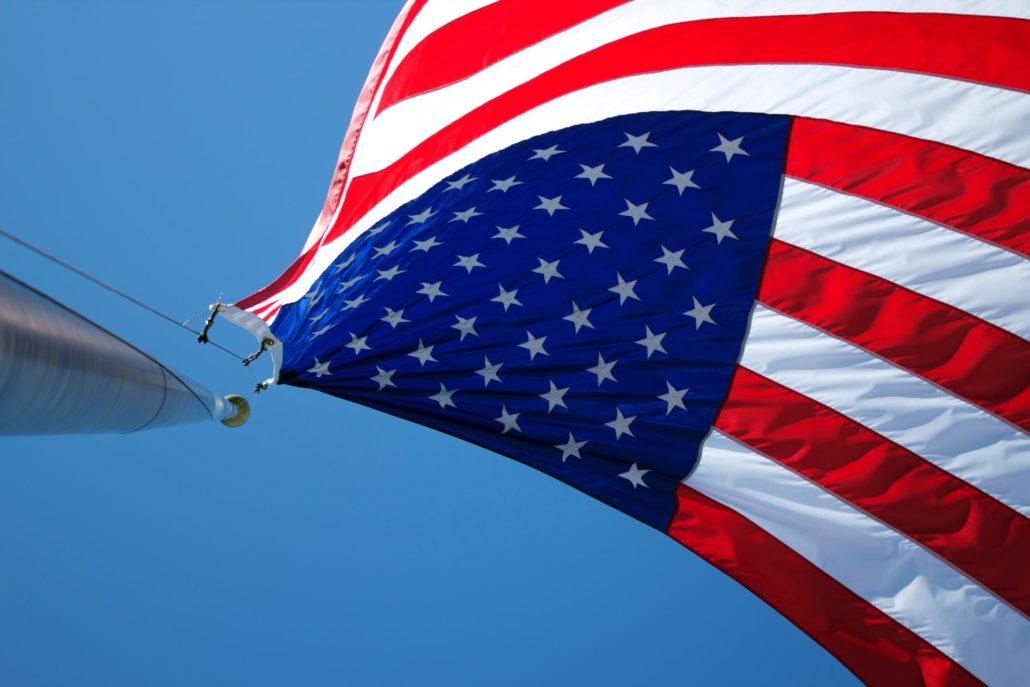By Andrea Budano and Natalia Curto

The Coronavirus Aid, Relief, and Economic Security (CARES) Act is arguably the largest economic relief bill in recent U.S. history, allocating $2.2 trillion to individuals and businesses affected by COVID-19. The CARES Act programs specifically addressing small businesses are the SBA 7(a) Paycheck Protection Program (“PPP”) and the SBA Economic Injury Disaster Loan (“EIDL”) grant allocating more than $360 billion to small business owners and entrepreneurs through the Small Business Administration.
Please find below a short guide to these SBA managed financial aids.
The Paycheck Protection Program
The Paycheck Protection Program (“PPP”) provides 100% federally guaranteed loans and forgivable loans to small businesses to pay their employees during the COVID-19 crisis.
Who is eligible?
- Small business with fewer than 500 employees (full-time, part-time, and any other status);
- Small business that otherwise meets the SBA’s size standards;
- Sole proprietors, independent contractor, self-employed individuals who regularly carry on any trade or business ;
- Tribal business concern that meets the SBA size standard;
- A 501(c)(19) Veterans Organization that meets the SBA size standard.
To qualify an applicant must have been in operation on February 15, 2020 and have been paying employees at that time.
What kind of aid is available?
Loans which can be up to 2.5 x the borrower’s average monthly payroll costs (up to $100,000 on the amount of an individual employee’s compensation), to cover business expenses for an 8-week period between February 15, 2020 and June 30, 2020. Business expenses can include payroll costs, rents, mortgage interest, and utilities. PPP loans cannot exceed $10 million, will have a maturity of 2 years and an interest rate of .5%.
SBA will forgive a PPP loan if all employees are kept on the payroll for eight weeks and the money is used to cover payroll costs, and most mortgage interest, rent, and utility costs over the 8 week period after the loan is made and employee and compensation levels are maintained.
Additionally, the following requirements must be met:
- No more than 25% of the forgiven amount may be for non-payroll costs.
- The loan forgiveness cannot exceed the principal.
- The amount of loan forgiveness is reduced if there is a reduction in the number of employees or a reduction greater than 25% in wages paid to employees.
- A decrease of employees or wages occurring between February 15, 2020 and April 26, 2020 shall not reduce the amount of loan forgiveness if by June 30, 2020 the borrower re-hires the employees that were previously laid off.
SBA Economic Injury Disaster Loan Program (“EIDL”)
Who is eligible?
Small businesses with 500 or fewer employees (or an industry size standard above 500 set by the SBA) affected by COVID-19.
What kind of aid is available?
Low-interest working capital loans of up to $2 million with an interest rate of 3.75% for small businesses and 2.75% for nonprofits. Loan repayment terms vary by applicant, up to a maximum of 30 years. EIDL loans can cover accounts payable, debts, payroll and other bills that cannot be paid due to the COVID-19. Small business can apply for both a PPP and an EIDL loan, but cannot use them toward the same expenses.
Small Business Debt Relief Program
Who is eligible?
Small businesses with 500 or fewer employees (or an industry size standard above 500 set by the SBA) affected by COVID-19.
What kind of aid is available?
Under the Small Business Debt Relief Program the SBA will cover all loan payments on non-EIDL loans, including principal, interest, and fees, for six months. This relief will also be available to new borrowers who take out loans within six months of the President signing the bill into law.
Eligible business can apply for SBA relief programs starting from April 3. Here‘s a guide on the SBA relief programs under CARES Act
